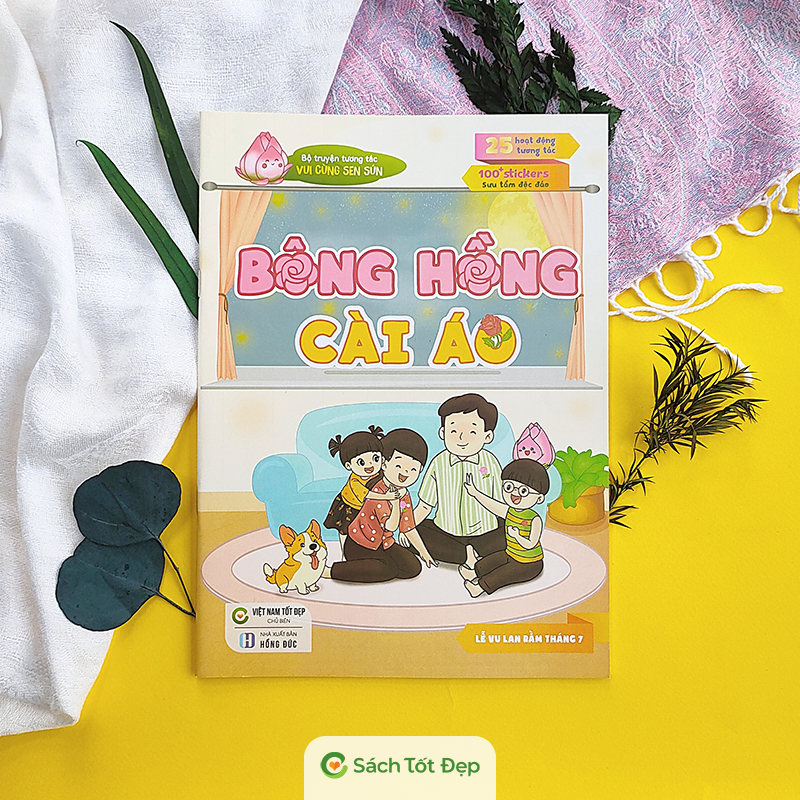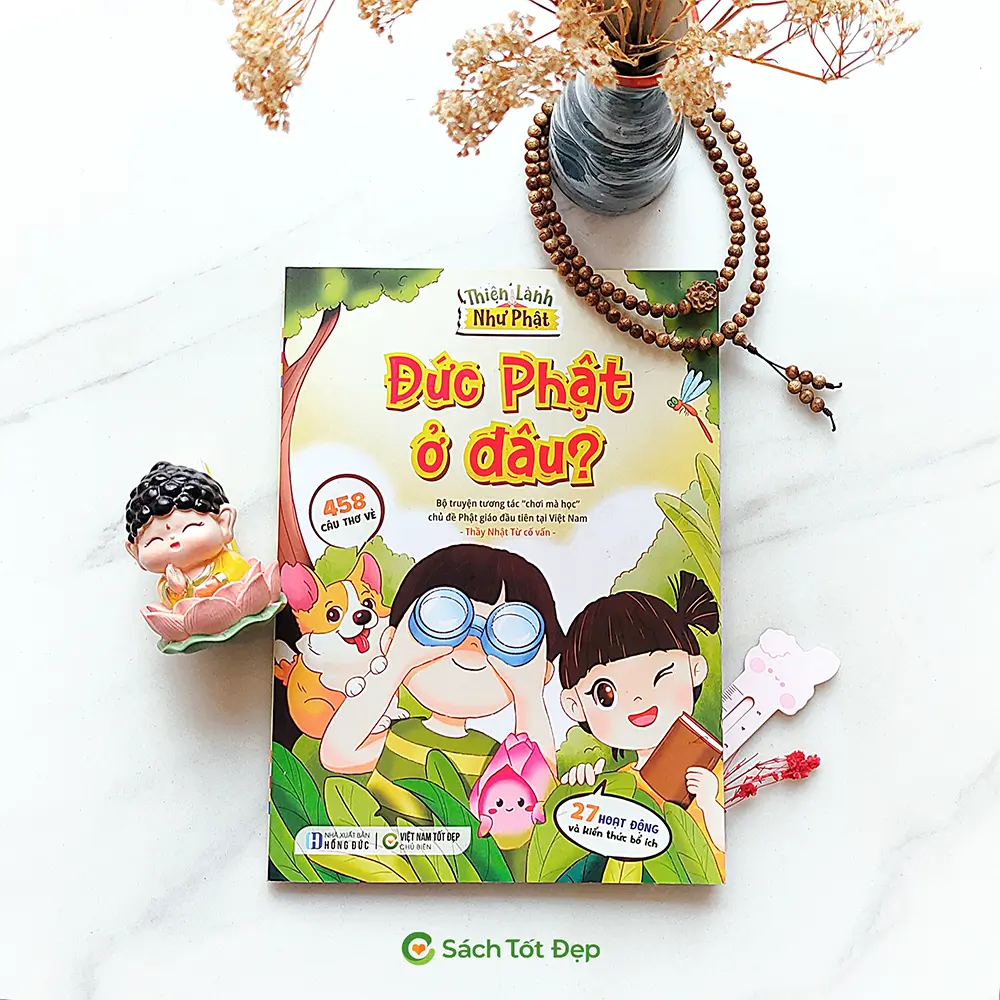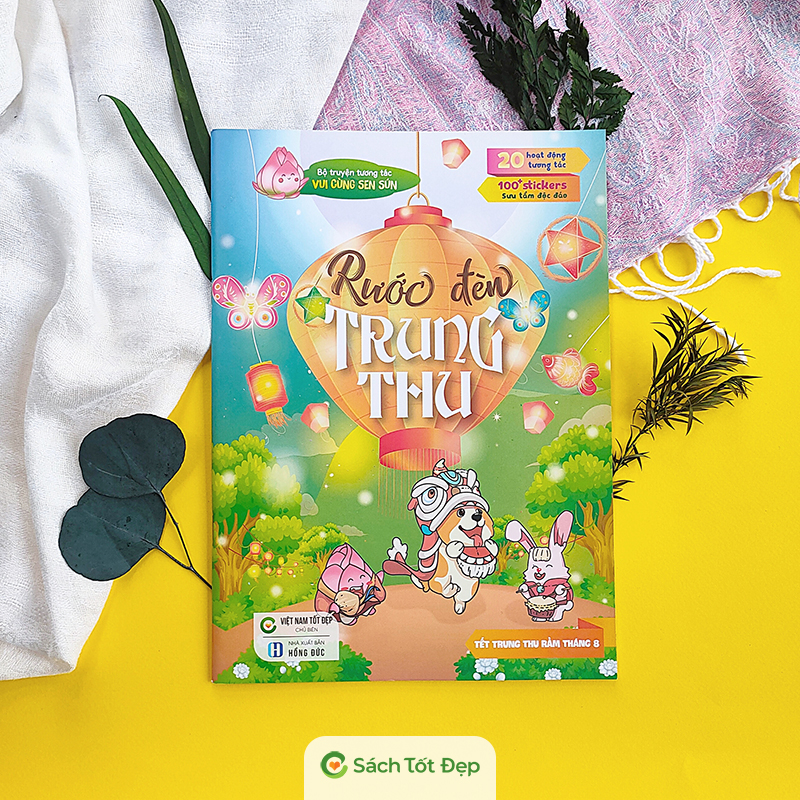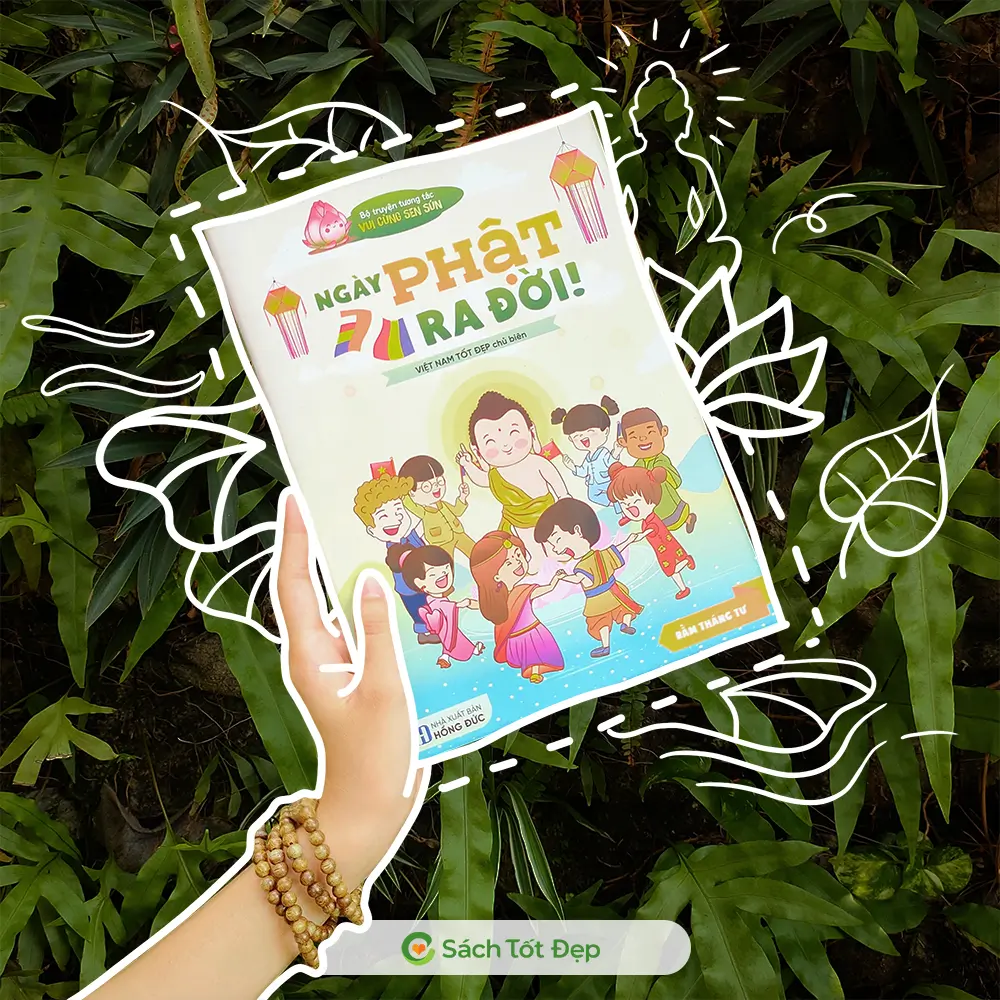Your Child and the Practice of Mindfulness
Mindfulness
Evidence increasingly shows that when children practice mindfulness, it benefits their learning, critical thinking, decision-making skills, and self-confidence. Children and teenagers who practice mindfulness are more likely to remain calm and respond thoughtfully to stressful and frustrating situations. As they grow, thinking before acting helps them face future challenges.
Research indicates that mindfulness practice enhances cognitive benefits for children and teenagers and supports executive functions. These functions are responsible for organizing information, memory retention, planning, attention, and focus. Mindfulness also aids emotional intelligence development, self-worth, and connection with others and the world. It helps children and teenagers understand how their brains work, better understand their emotions, and become more empathetic.
Practicing mindfulness can increase happiness and optimism. Mindful children and teenagers tend to be calmer and enjoy better sleep. This can lead to better social relationships among students as they become more aware and in control of their emotions and reactions to others, enhancing empathy.
“Ultimately, when children and teenagers understand they can control their thoughts, emotions, and actions, they not only make better choices but also feel more in control of their decision-making process,” according to “The Very Well Family.”
Mindfulness practice involves living in the present moment, and its beauty is that it can be practiced anytime, anywhere. Children are naturally attentive to their surroundings. Even in a fleeting moment, they focus intently on one thing. Encourage your child to fully engage in an activity without being distracted by other thoughts. Achieving this state of mindfulness may take some time, but it’s worth practicing. Activities include:
Coloring – a great way for your child to focus on an enjoyable task.
Observing something interesting, like studying the details on a leaf.
Indoor walking, feeling all parts of the foot against the surface.
Outdoor walking, sensing the feel of grass or sand underfoot.
Listening to music, focusing on the lyrics or a particular instrument.
It’s best to set aside time each day for children and teenagers to practice mindfulness, making it a regular habit. Mindfulness should never be used as a form of discipline; its purpose is to increase positivity and emotional management. Choose a “quiet” time initially, free from distractions.
Once these skills are learned, they can be applied in any distracting or fearful situation. Like all behaviors, children learn from the models they see, so if parents and educators can encourage, discuss what works, and show that mindfulness is part of their daily routine, children are more likely to succeed.
(Adapted from Green Shoots)
Sản phẩm bạn có thể quan tâm

Let’s play with Sen Sun: Ullambana Festival
Coloring book
28.000đ

Buddha’s Little Explorers: Where is Buddha?
Interactive book
59.000đ

Let’s play with Sen Sun: Mid-Autumn Festival
Coloring book
30.000đ

Let’s play with Sen Sun: Buddha’s birthday
Coloring book
28.000đ





